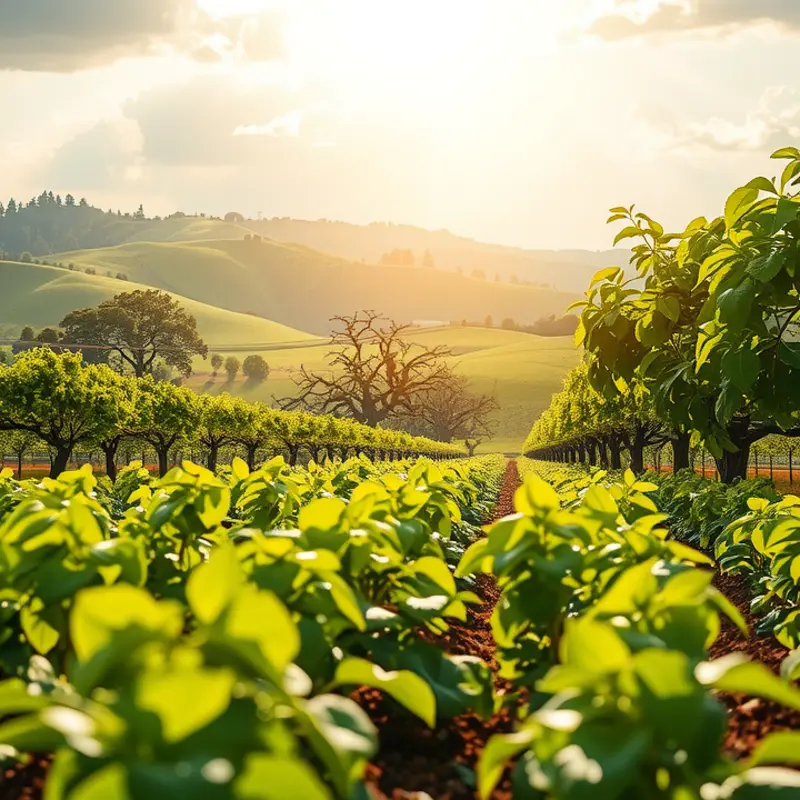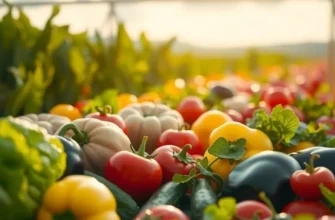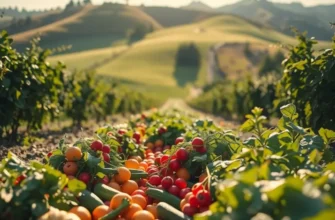Grilling can be a delightful way to create delicious meals while enjoying the great outdoors. However, safety should always be a priority for any home cook. Understanding the best practices for safe grilling can not only enhance your culinary skills but also ensure a protected environment for everyone involved. Whether you are a novice or an experienced grill master, these simple yet effective tips will elevate your grilling game while keeping risks at bay.
Gear Up: Essential Equipment for Safe Grilling

Grilling is a culinary pleasure, but it requires attention to safety. Having the right equipment ensures you can enjoy your grilling adventures while minimizing risks. Let’s dive into the essential tools and accessories every home griller should have for a secure and rewarding experience.
First, selecting the right grill is paramount. Choose one that suits your space and needs, whether it’s charcoal, gas, or electric. Each has its own benefits, but always ensure the grill is sturdy and well-maintained. Regular checks on the grill’s stability and cleanliness should become routine.
A robust pair of grilling tongs marks the start of any safe grilling toolkit. Opt for tongs long enough to maintain a safe distance from the heat but sturdy enough for hardier cuts of meat. They are indispensable for flipping food and adjusting its position with precision.
Equally important is a meat thermometer. This tool is not just for perfectionists. It’s essential for ensuring meat is cooked safely. By referring to internal temperature rather than appearance, you ensure bacteria are eliminated without sacrificing juiciness or flavor. Always check recommended safe cooking temperatures for different types of meats to avoid undercooking or overcooking.
Investing in a heat-resistant glove provides protection when handling hot grill elements or food. Choose gloves that offer a comfortable fit and are resistant to both heat and water. This simple accessory can prevent burns and allow you to manage the grilling process safely.
Another must-have is a basting brush. Opt for a silicone brush to withstand higher temperatures and ensure easy cleaning. This helps to apply marinades and sauces efficiently without the risk of anything dripping inside the grill and causing flare-ups.
A grill brush or scraper is necessary for keeping your grill clean. After every session, cleaning the grill bars will prevent food particles from becoming a fire hazard. A clean grill also ensures a better taste for whatever’s cooked next. Be cautious of wire bristles and ensure none come loose during cleaning—a common hazard that can be avoided by thorough inspection.
Don’t forget a drip pan to catch fat and sauces that may cause dangerous flare-ups. It’s crucial for both safety and cleanliness, making post-grill clean-up a breeze. Moreover, seasoned drip pans can add delicious smoked flavors to your grilled creations.
Consider incorporating a fire extinguisher into your grill setup. It might seem excessive, but being prepared significantly reduces risks. Keeping one nearby offers peace of mind, allowing you to act decisively should a fire occur. It’s better to be overly cautious than ill-prepared.
Lastly, if outdoor storage is problematic, see how these eco-smart storage solutions can help in maintaining your gear properly, ensuring longevity while keeping safety paramount.
Having these essential tools in your grilling arsenal not only ups the safety ante but ensures every grilling session is enjoyable and risk-free. Equipping yourself wisely transforms grilling from a potential hazard into a delightful, safe pastime.
Fire and Food: Grilling Techniques for Safety

Grilling can transform everyday meals into mouthwatering feasts. However, managing fire hazards and ensuring food safety are paramount to this culinary delight. Start by choosing a suitable location for your grill. Keep it away from flammable structures and objects. Make sure the grill is stable on a flat surface and use a grill mat to catch any stray embers.
Fire management is crucial. Have a spray bottle of water nearby to handle minor flare-ups and a fire extinguisher within reach for emergencies. Never leave the grill unattended. Charcoal grills should be given sufficient time to cool before disposal, with ashes placed in a metal container.
Proper handling of food is integral to safe grilling. Keep raw and cooked foods separate and use dedicated utensils for each. Marinate meats in the refrigerator, not on the counter or outside.
Attention to cooking temperatures can eliminate most foodborne risks. Use a meat thermometer to verify internal temperatures: poultry should reach 165°F, ground meats like beef or pork 160°F, and steaks or chops 145°F with a three-minute rest. Precooking thick or dense meats in the oven can reduce grill times and ensure even cooking.
Managing cooking times also enhances both safety and flavor. Maintain steady heat by controlling the grill’s vents. For gas grills, adjust the burner knobs for even heat distribution. Charcoal users can arrange coals more densely for high heat and spread them thinly for low heat. Leave the grill lid open when searing and closed for slow cooking to maintain the desired temperature.
Consider the entire cooking plan—for example, using a two-zone grilling setup, where direct heat is on one side and indirect heat on the other. This technique allows you to sear over direct heat and then transfer to indirect heat to cook through without burning.
Safely storing leftover grilled food is as important as the cooking process. To avoid foodborne illnesses, refrigerate leftovers within two hours of cooking. For sauces, ensure they’re stored correctly using safe practices.
By integrating these practices into your grilling routine, you maintain safety while allowing your culinary skills to shine. Each measure significantly reduces risks, letting you enjoy the process and the delicious outcomes. Remember, vigilance in fire management and food safety is the secret ingredient to every successful grilling session.
Final words
Safe grilling practices not only protect your health but also enhance the enjoyment of outdoor cooking. By equipping yourself with the right tools and following essential safety techniques, you can grill with confidence and creativity. Remember to monitor temperatures, handle food safely, and remain aware of your surroundings. Let each grilling session be an opportunity to impress family and friends while prioritizing everyone’s safety. So fire up that grill and enjoy the delicious results—it’s all about a fun and safe cooking experience!







